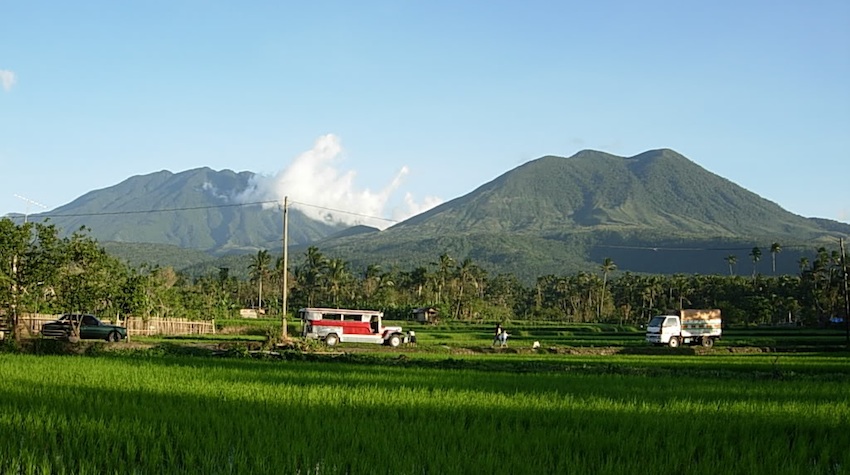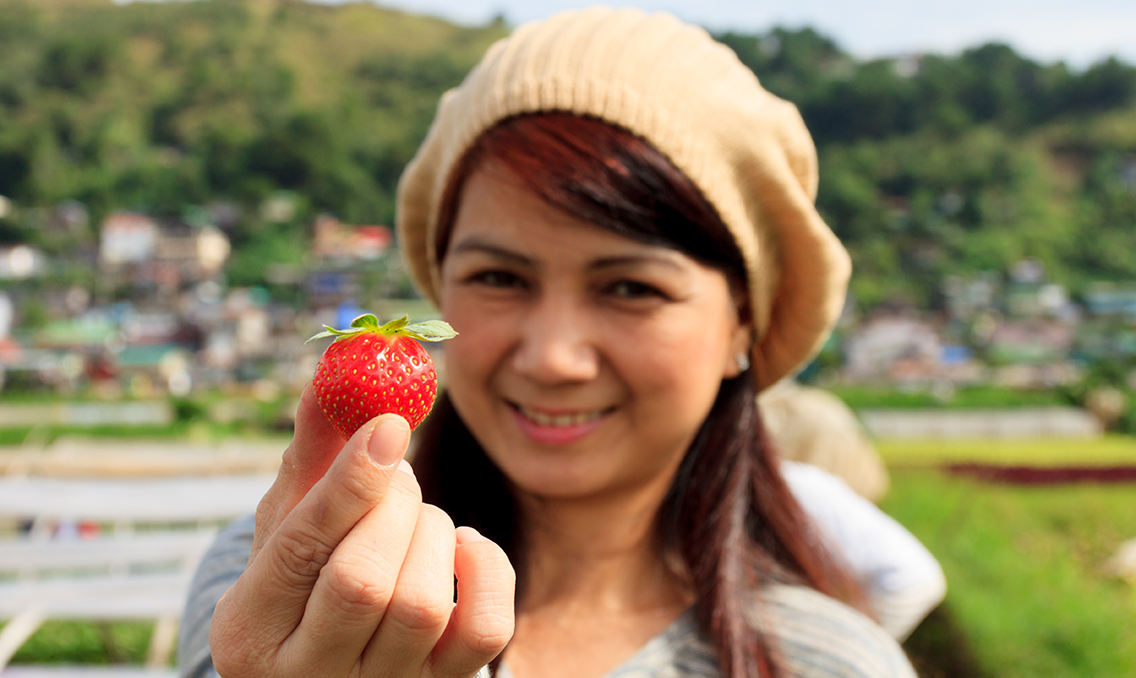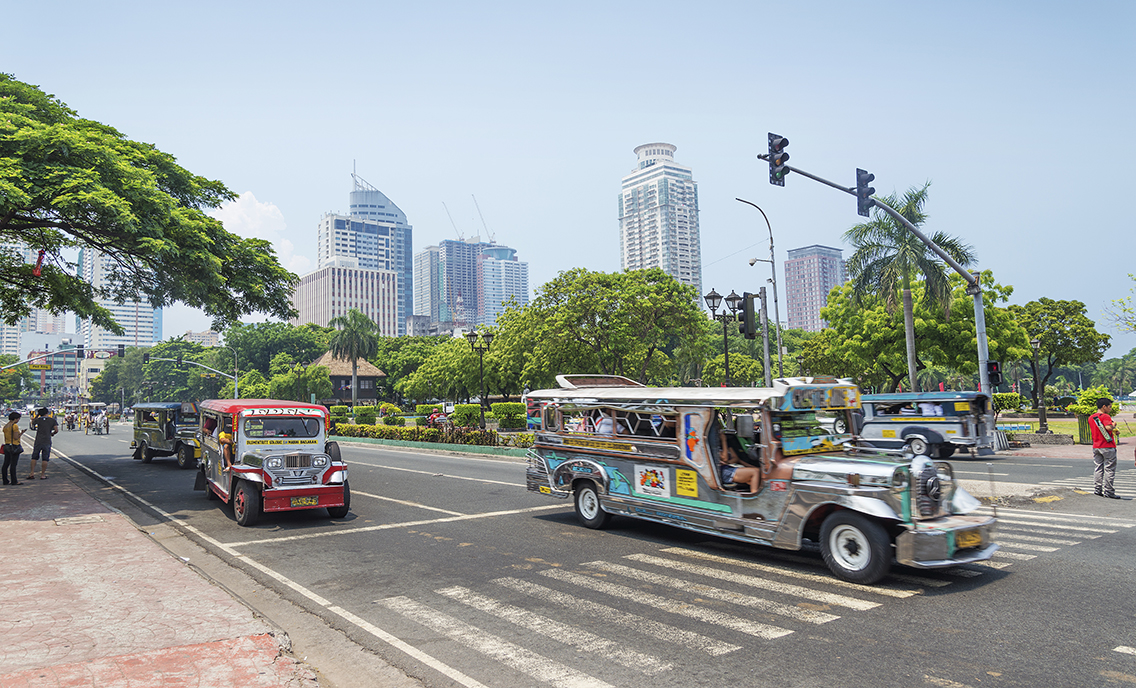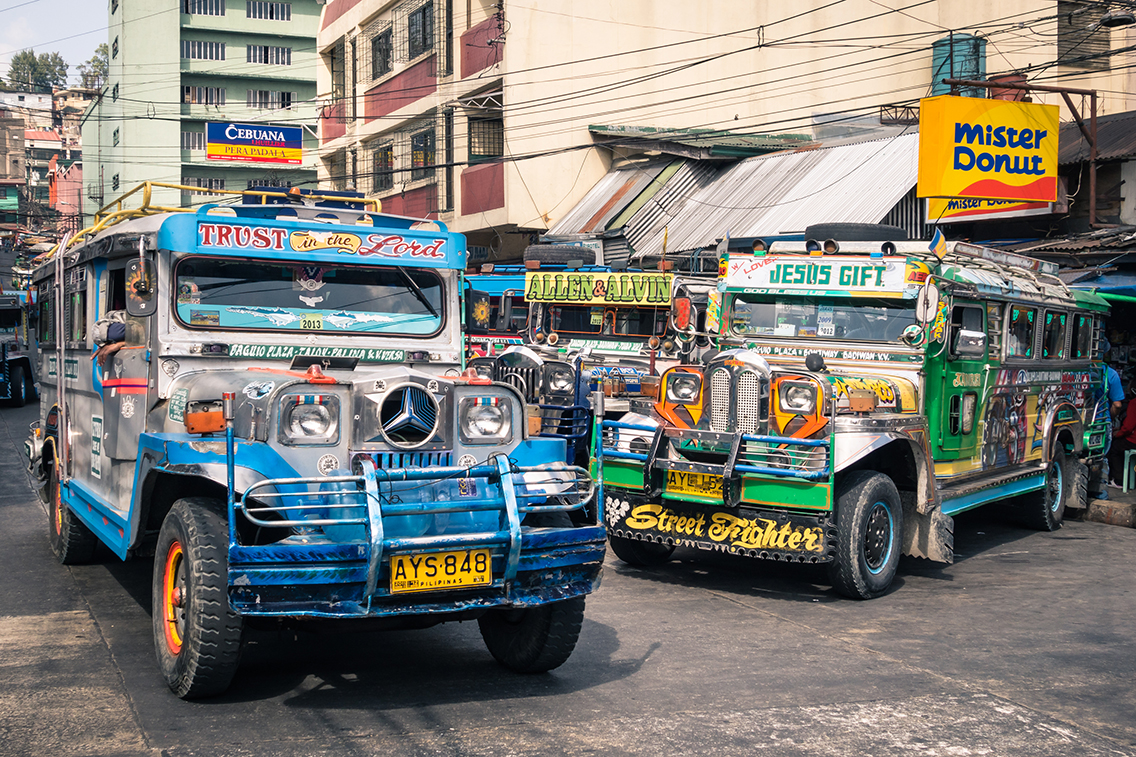Basic Facts
Geography

The Philippines is an archipelago composed of 7,107 islands spanning 1,840 kilometers north to south – that’s definitely a lot of islands to choose from! The country is part of the Southeast Asian region, bordered by Taiwan to the north, Indonesia and Malaysian Borneo to the south, West Philippine Sea (South China Sea) to the West, and the Pacific Ocean to the east. The three main island groups are Luzon, Visayas, and Mindanao. Eighteen regions make up the Philippines. The capital city is Manila, which belongs to the National Capital Region (NCR). Seventeen cities make up NCR, including Makati City, Pasay City, Pasig City, Quezon City, and Taguig City. Time zone in the Philippines is GMT +8 hours.
Demographics

You will probably find a Filipino wherever in the world you will go. Migration and overseas work have driven some Filipinos out of the Philippines in search of a greener pasture. Anywhere the Filipino goes, he/she brings with him/her the brand of service that makes him/her remarkable. Despite recent waves of migration and the millions of overseas Filipino workers, the country remains one of the most rapidly growing populations in the world. As of January 2016, it is estimated that there are more than 101 million inhabitants in the country. More than 55% of them lives in the northern island of Luzon and more than 13% or over 10 million people are in NCR. That’s millions of smiles extended to you on any given day!
Economy

Our country, though a developing one, is the 39th largest economy in the world. It is also one of the emerging markets, and has one of the fastest growing economies in Asia. You will observe that the economy is transitioning from agriculture to services and manufacturing. Perhaps you have seen some Philippine products in the U.S. and this is because our exports continue to play strong in the global market with the U.S., Japan, and China as major trading partners. Our primary exports include electronic products, transport equipment, garments, copper products, petroleum products, and our famous coconut oil and fruits. As a developing country, however, major challenges remain. This includes alleviating poverty, reducing corruption, and investing in education, employment, and infrastructure necessary to secure future growth. But with the unbreakable Filipino spirit, no problem is too difficult to bring us down.
Weather and Climate

Retirees like you will enjoy basking in the sun because of the Philippines’ generally tropical climate. We do not have four seasons like you are probably used to. From March to May, we experience hot and dry season – the perfect time to take a dip in the pool or head to the beach. June to October is rainy so prepare your umbrellas and raincoat. November to February is cool – and the time when every Filipino is in high spirits. Why you ask? Because of the Christmas season! Do you know that the Philippines has the longest Christmas celebration? We start welcoming the Yuletide season as soon as we hit what we call the ‘Ber’ months in September, all the way through February the following year. Talk about the longest season of joy and glad tidings ever!
Transportation

You are bound to try our public transportation to get to the destinations you wish to explore. You will find that lots of inner-city travel is through jeepneys, which looks like a hybrid of a jeep and a bus, which will only cost you between 8-20 pesos. Be sure to have coins with you on your jeepney journey and learn to shout ‘Para!’ to signal to manong driver that you will be alighting the jeepney. Other in-city transport includes cabs and trains. For longer land travels there are buses that connect different provinces. For the shortest trips, you will probably end up in a tricycle, a small motorcycle with a sidecar attached to it. For farther trips you can try ferries and bancas that link islands and island-provinces, or airplanes to get to your destination faster.
Telecommunication

We understand your need to be in constant contact with your loved ones in the U.S. or other parts of the world. In the Philippines you can avail of the continuously improving telecommunication facilities to keep in touch with your relatives and friends back home and keep abreast of what is happening around the world. Mobile phone sites are everywhere, with two major mobile connectivity providers: Globe and Smart. You can easily pick up a new prepaid SIM card and start sending an SMS or calling. You will also find Internet in most establishments, and at LANEBROOK we provide this through an Internet service provider, which you can easily subscribe to. With a 3G+ network available, your own mobile phone can link you to the web. The country is wired with international and national direct dial phone and fax service. Your home phone will have these call features, and you can ask a LANEBROOK Team Member to help you if you need to fax a document. Apart from the postal system, worldwide express delivery service is also available, including active couriers LBC, JRS, FedEx, DHL, and 2Go.
